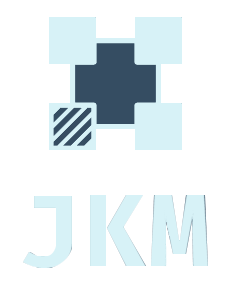News
LED PCB Board Technology Introduction
LED PCB board technology has been developed as an innovation for many new products. A good example is the development of PCBs for LED lighting. The LEDs are soldered to the board and the chips produce light when they are electrically connected. Heat sinks and ceramic bases are used to connect the chips to absorb heat and cool the process.
PCB LED panels tend to generate a lot of heat, which makes it laborious to cool them in conventional ways. Therefore, mental core LED circuit boards are often chosen to improve the heat dissipation of LEDs. In particular, aluminum is often used to produce circuit boards for LED lamps. Aluminum PCBs typically include a thin layer of thermally conductive dielectric material that can relocate and dissolve heat with excellent coherence compared to unyielding PCBs.
PCB LED applications
PCB LED luminaires can be integrated into many lighting applications because they offer excellent energy efficiency, low cost, and maximum design flexibility, such as
Car headlights
Military lighting
Street and tunnel lighting
Airport runway
Street lighting
Flashlights and lanterns
Hospital operating room lighting
Factory lighting, etc.
JKM-LED provides efficient and affordable LED lighting solutions
As a solution for LED circuit boards with more than a decade of experience, we are able to offer the production of LED circuit boards, sourcing and assembling components under one roof. We would be happy to work with you to develop customized aluminum/metal circuit boards for your specific application. We offer affordable standard circuit boards that are thermally coated with aluminum to efficiently dissipate heat, cool all LED circuit components, and dramatically improve product performance.
What is embedded LED PCB and its working principle?
LED stands for Light Emitting Diode they are semiconductor diodes, which are electroluminescent light sets, producing light through the compounding of charge carrier pairs in a semiconductor with a suitable energy bandgap. Due to their low voltage, operating power, compact size, long life, and stability, LEDs are used in industrial and consumer markets. One of its most attractive features is its ability to produce light without generating significant heat, making it safe for everyday use. Its functionality is the main reason why LEDs are integrated into printed circuit boards (PCBs). LEDs are reliable and efficient enough for PCB applications. They play the role of light, especially in non-touch membrane switches. Integrated LED circuit boards are commonly used for polyester graphics and rubber keyboards.
Benefits of Integrated LED PCBs
As electronic components become thinner, the use of LED membrane switches is advantageous because it allows for easier product delivery and final assembly. These integrated LED cards are best suited for low-light, consumer, device, medical equipment, light to medium industrial as well as certain marine and aerospace applications. Regardless of the application, the advantages of an integrated LED board are numerous.
Lightweight and unobtrusive
Low-cost backlit membrane switches
Resistant to dust and moisture
Easy to integrate into complex interface games
Low power consumption
Available in a wide range of colors, sizes, and strengths
Available for flexible silver membrane switches and flexible copper membrane switches
LED membrane switches are easier to use with keypads, touchscreens, and other types of membrane switches if the LEDs are integrated into the circuit board. Even when creating complex backlight switch assemblies, built-in or embedded LED PCBs to offer greater design freedom. The small thickness of LED membrane switches reduces the total area of these complex switch interfaces. Designers and engineers often choose integrated LED PCBs when checking and updating products.
In general, LED PCBs provide the most user-friendly backlighting for membrane switches. Sometimes they are a better choice for backlighting small icons and symbols, as uniform backlighting of larger icons and symbols with embedded LED PCB circuitry is not as easy to achieve.
